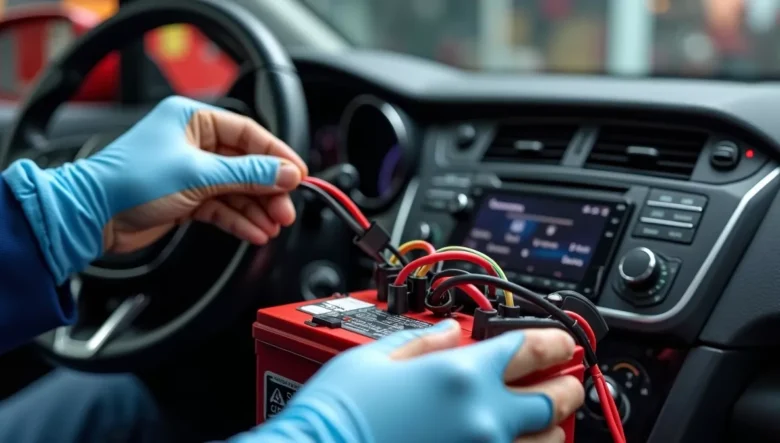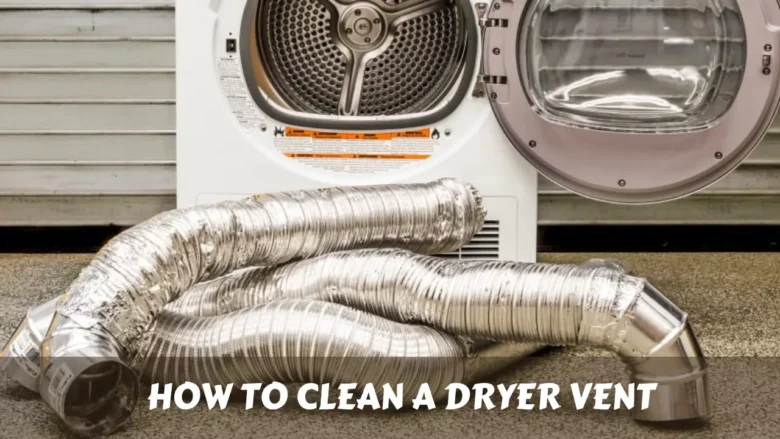You’ve got Bitcoin here, Ethereum there, some random altcoins scattered across five different wallets.
- The Real Problem Nobody Talks About
- What Are Security Hierarchies Anyway?
- 💖 You Might Also Like
- The 4-Tier Security Hierarchy System
- Tier 1: Hot Wallet (Daily Spending)
- Tier 2: Warm Storage (Weekly Access)
- Tier 3: Cold Storage (Monthly Access)
- Tier 4: Deep Cold Storage (Yearly Access)
- How to Set Up Your Security Hierarchy
- Step 1: Calculate Your Amounts
- Step 2: Choose Your Tools
- Step 3: Set Up Proper Backup Systems
- Common Mistakes That Cost People Everything
- Mistake 1: Keeping Everything on Exchanges
- Mistake 2: Using Only One Security Method
- Mistake 3: Overcomplicating Everything
- Mistake 4: Ignoring Physical Security
- ✨ More Stories for You
- Advanced Security Hierarchy Strategies
- Geographic Distribution
- Time-Based Security
- Multi-Signature Wallets
- How I Personally Organize My Portfolio
- Setting Up Your First Security Hierarchy
- Week 1: Set Up Basic Tiers
- Week 2: Organize Hot/Warm Storage
- Week 3: Create Backup Systems
- Week 4: Optimize and Secure
- 🌟 Don't Miss These Posts
- Maintenance and Updates
- Monthly Reviews:
- Quarterly Updates:
- Yearly Audits:
- Red Flags That Mean You Need Better Security
- The Psychology of Security Hierarchies
- Tools and Resources
- Hardware Wallets:
- Software Wallets:
- Security Tools:
- Educational Resources:
- Frequently Asked Questions
- How much should I keep in hot storage?
- Should I use multiple hardware wallets?
- How often should I check my cold storage?
- What if I forget my password/PIN?
- Is it worth paying for premium security tools?
- Should I tell anyone about my crypto?
- What about insurance for crypto?
- How do I teach family members about my system?
- The Bottom Line
Your crypto is a hot mess.
And every night you’re wondering if you’ll wake up to find it all gone.
I’ve been there.
Let me show you how to organize your digital cryptocurrency portfolio using security hierarchies so you can sleep peacefully again.
The Real Problem Nobody Talks About
Most people think crypto security is just “get a hardware wallet.”
Wrong.
That’s like saying home security is just “get a lock.”
You need layers.
You need a system.
You need what I call the Security Pyramid.
What Are Security Hierarchies Anyway?
Think of security hierarchies like organizing your money in real life.
You don’t keep all your cash under your mattress.
Some goes in your wallet for daily spending.
Some in checking for monthly bills.
Some in savings for emergencies.
The big stuff? That goes in investments you can’t touch easily.
Same logic applies to crypto.
Different amounts need different levels of security.
💖 You Might Also Like
The 4-Tier Security Hierarchy System
Here’s how I organize every digital cryptocurrency portfolio:
Tier 1: Hot Wallet (Daily Spending)
- What goes here: 1-5% of total portfolio
- Security level: Lowest
- Access: Instant
- Examples: MetaMask, Trust Wallet, exchange apps
This is your crypto pocket money.
Trading fees, small purchases, DeFi experiments.
If it gets hacked, it hurts but doesn’t kill you.
Tier 2: Warm Storage (Weekly Access)
- What goes here: 10-20% of portfolio
- Security level: Medium
- Access: Same day
- Examples: Desktop wallets, mobile wallets with extra security
This covers your medium-term plays.
Staking rewards you check weekly.
Coins you might trade this month.
More secure than hot wallets but still accessible.
Tier 3: Cold Storage (Monthly Access)
- What goes here: 60-80% of portfolio
- Security level: High
- Access: 1-7 days
- Examples: Hardware wallets, paper wallets
Your main holdings live here.
The Bitcoin you’re holding for years.
The Ethereum you’re not touching.
This is where the real money stays safe.
Tier 4: Deep Cold Storage (Yearly Access)
- What goes here: 5-20% of portfolio
- Security level: Maximum
- Access: Weeks to months
- Examples: Multisig wallets, bank safety deposit boxes, geographic distribution
This is your “generational wealth” tier.
The crypto you’re leaving to your kids.
The emergency fund that never gets touched.
Maximum security, minimum access.
How to Set Up Your Security Hierarchy
Step 1: Calculate Your Amounts
Write down your total crypto value.
Multiply by the percentages above.
Be honest about what you can afford to lose at each level.
Step 2: Choose Your Tools
Hot Wallets:
- MetaMask for Ethereum stuff
- Phantom for Solana
- Keep small amounts only
Hardware Wallets:
- Ledger Nano S Plus (budget option)
- Trezor Model T (my personal favorite)
- Always buy direct from manufacturer
Deep Storage:
- Paper wallets (if you know what you’re doing)
- Multisig setups (for serious money)
- Physical backups in multiple locations
Step 3: Set Up Proper Backup Systems
This is where most people mess up.
Your seed phrases need the same hierarchy as your crypto.
Hot wallet seeds: Encrypted password manager
Cold storage seeds: Physical backup, stored securely
Deep storage seeds: Multiple physical copies, different locations
Never store all backups in one place.
Ever.
Common Mistakes That Cost People Everything
Mistake 1: Keeping Everything on Exchanges
Exchanges are not banks.
They’re not insured like your checking account.
When they get hacked (and they do), your money disappears.
Keep only what you’re actively trading on exchanges.
Mistake 2: Using Only One Security Method
“I have a hardware wallet, I’m safe.”
What if it breaks?
What if the company goes out of business?
What if you forget the PIN?
Redundancy saves lives.
Mistake 3: Overcomplicating Everything
Some people create systems so complex they lock themselves out.
Keep it simple enough that future-you can figure it out.
Write down your system.
Test it with small amounts first.
Mistake 4: Ignoring Physical Security
Your crypto is only as secure as your physical environment.
That seed phrase stuck to your monitor?
Not secure.
That backup in your email?
Definitely not secure.
Think like someone’s trying to rob you.
Because they are.
✨ More Stories for You
Advanced Security Hierarchy Strategies
Geographic Distribution
Keep backups in different cities.
House fire won’t wipe out everything.
Neither will local disasters.
Time-Based Security
Some wallets stay locked for set periods.
Can’t panic sell.
Can’t get social engineered.
Forces you to think long-term.
Multi-Signature Wallets
Require multiple keys to spend.
Even if one gets compromised, funds stay safe.
Perfect for large amounts.
More complex but worth it for serious money.
How I Personally Organize My Portfolio
Here’s my exact setup:
5% Hot Storage:
- MetaMask for DeFi
- Phantom for Solana plays
- Small exchange balances for trading
15% Warm Storage:
- Desktop wallet for medium-term holds
- Staking wallets I check weekly
- Coins I might need within 30 days
75% Cold Storage:
- Hardware wallet with main Bitcoin stack
- Hardware wallet with main Ethereum
- Backup hardware wallet (different brand)
5% Deep Storage:
- Multisig wallet for generational wealth
- Paper backup in safety deposit box
- Family member has emergency access instructions
Setting Up Your First Security Hierarchy
Start small.
Don’t try to implement everything at once.
Week 1: Set Up Basic Tiers
- Get a hardware wallet
- Move 70% of holdings there
- Keep 30% accessible for now
Week 2: Organize Hot/Warm Storage
- Clean up exchange accounts
- Set up proper mobile wallet
- Define your spending amounts
Week 3: Create Backup Systems
- Write down all seed phrases
- Store them securely
- Test recovery process
Week 4: Optimize and Secure
- Add extra security layers
- Review and adjust percentages
- Document your system
🌟 Don't Miss These Posts
Maintenance and Updates
Security isn’t set-it-and-forget-it.
Monthly Reviews:
- Check all wallet balances
- Update security software
- Review access logs
Quarterly Updates:
- Rebalance between tiers if needed
- Update backup systems
- Test recovery procedures
Yearly Audits:
- Replace old hardware if needed
- Update security protocols
- Review and update documentation
Red Flags That Mean You Need Better Security
Your current setup is probably broken if:
- You keep everything on one exchange
- You’ve never tested wallet recovery
- Your seed phrases are stored digitally
- You can’t remember where all your crypto is
- You haven’t updated security in over a year
- You use the same password everywhere
Fix these first.
Everything else comes second.
The Psychology of Security Hierarchies
Here’s what nobody tells you:
Good security reduces stress.
Bad security creates anxiety.
When you know your system works, you sleep better.
You make better decisions.
You don’t panic during market crashes.
Security hierarchies aren’t just about protecting money.
They’re about protecting your peace of mind.
Tools and Resources
Hardware Wallets:
- Ledger – Popular choice, good support
- Trezor – Open source, highly secure
- BitBox – Swiss made, privacy focused
Software Wallets:
- Electrum – Bitcoin only, very secure
- Exodus – Multi-coin, user friendly
- MetaMask – Essential for Ethereum/DeFi
Security Tools:
- Bitwarden for password management
- Authy for two-factor authentication
- VeraCrypt for file encryption
Educational Resources:
- Andreas Antonopoulos books
- Coin Bureau YouTube channel
- Bitcoin Talk forum security section
Frequently Asked Questions
How much should I keep in hot storage?
Never more than you can afford to lose completely.
For most people, that’s 1-5% of total portfolio.
If losing $100 would ruin your day, keep less than $100 hot.
Should I use multiple hardware wallets?
Yes, for amounts over $10,000.
Different brands, different locations.
Redundancy prevents single points of failure.
How often should I check my cold storage?
Monthly balance checks are enough.
Quarterly full audits.
Don’t obsess, but don’t ignore.
What if I forget my password/PIN?
This is why you need proper backups.
Seed phrases can recover everything.
Store them securely, test recovery process.
Is it worth paying for premium security tools?
For serious money, absolutely.
Good hardware wallet: $100-200.
Losing your crypto: Everything.
Easy math.
Should I tell anyone about my crypto?
Keep it private.
Only trusted family members need to know.
Social engineering attacks are real.
What about insurance for crypto?
Some services offer it, but read fine print.
Personal security is still your best protection.
Don’t rely on insurance as primary security.
How do I teach family members about my system?
Document everything clearly.
Leave instructions they can follow.
Consider dead man’s switches for inheritance.
The Bottom Line
Organizing your digital cryptocurrency portfolio using security hierarchies isn’t rocket science.
It’s common sense applied systematically.
Start with the basics.
Build layers over time.
Test everything with small amounts first.
Your future self will thank you.
And remember: the best security system is the one you actually use.
Keep it simple enough to maintain.
Complex enough to be secure.
That’s how you protect your crypto wealth for the long term while still being able to use and enjoy it today.



























